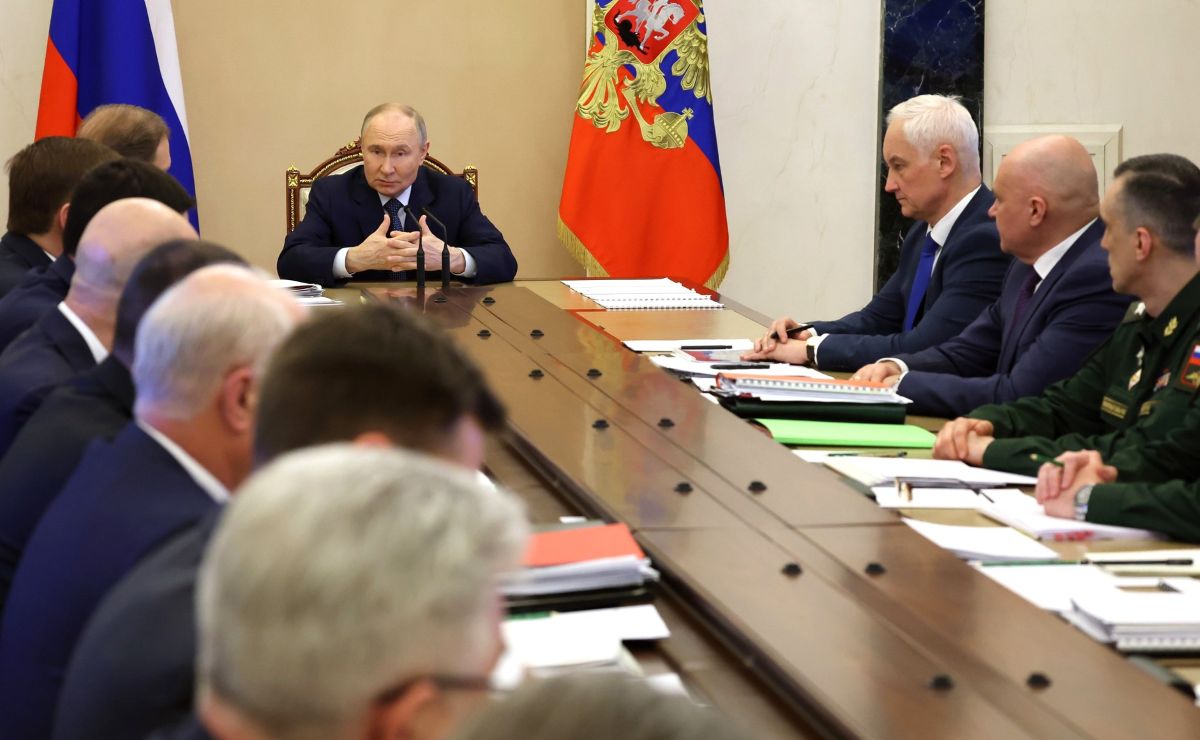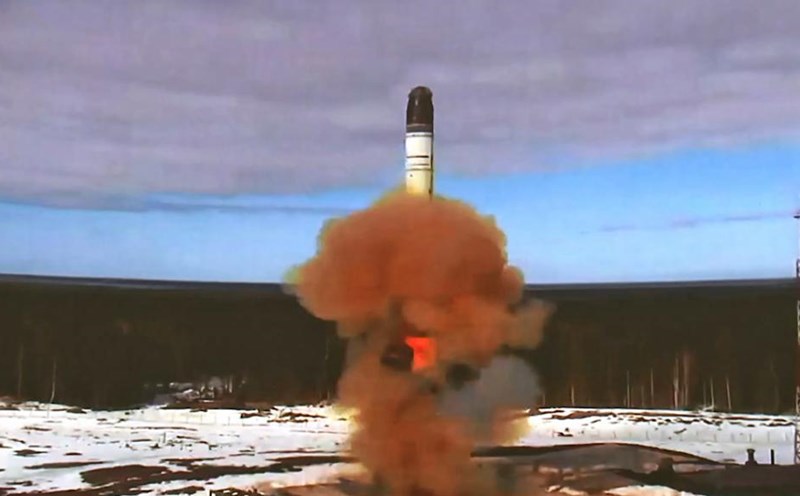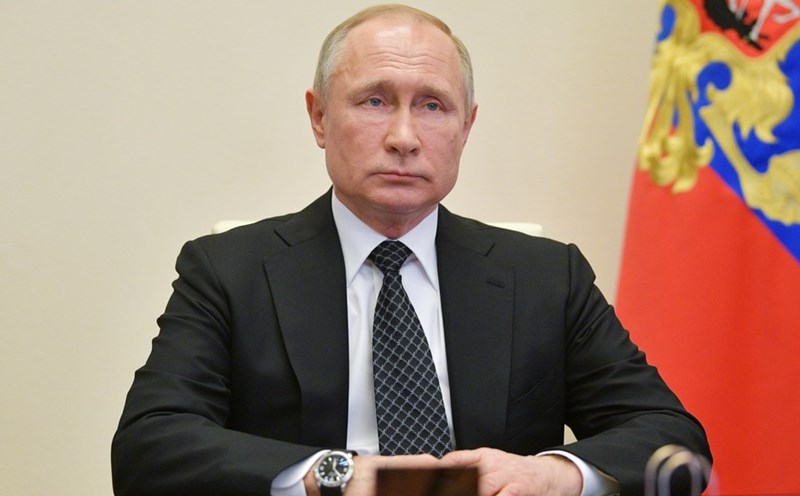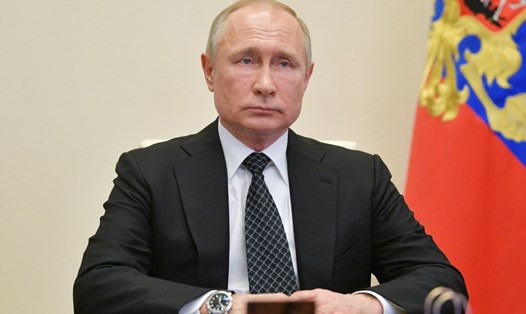Speaking at a Government meeting on the national arms program on June 11, Russian President Vladimir Putin emphasized the importance of continuing to invest in developing a " triad of nuclear" - including intercontinental ballistic missiles (ICBMs) launched from the ground, ballistic missiles launched from Submarines (SLBMs) and strategic bombs carrying nuclear warheads. These are three pillars that ensure comprehensive nuclear deterrence and cannot be eliminated by a first-line attack.
Currently, the proportion of modern systems and equipment in Russias strategic nuclear force has reached 95% the highest among nuclear powers in the world, Putin said at the meeting. We are making very good progress in this area.
The Russian president's statement comes amid rising strategic competition between the powers. Mr. Putin's emphasis on nuclear capabilities is not only about ensuring sovereignty, but also a warning about the military position that Russia wants to maintain in the current international order.

Notably, US Air Force General Anthony Cotton - Commander of the US Strategic Command (USSTRATCOM) - in March 2024 also admitted: "Russia owns the largest and most diverse nuclear arsenal among the countries in the world". He warned that Russia's nuclear capabilities have surpassed the US in both quantity and type.
In recent years, Russia has continuously upgraded and supplemented strategic nuclear weapons. One of the highlights is the Sarmat transcontinental ballistic missile - which has been in combat since September 2023. The missile has a range of up to 18,000 km and can carry up to 10 tons of warheads, making it one of the most powerful deterrent weapons in the world.
However, Mr. Putin also warned that Russia should not focus only on nuclear weapons. He called for a new long-term equipment program, including other modern weapons, based on the experience drawn from the ongoing conflict in Ukraine.
We need a comprehensive weapons program that is not only based on nuclear power but also develops smart, high-efficiency weapons that are suitable for modern battlefield conditions, he emphasized.
In the context of the ongoing Ukrainian conflict, both Moscow and Kiev have widely used unmanned technology. According to the British press published in May, Russia is superior to Ukraine in the "UAV race", not only in quantity but also in quality and how to use it on the battlefield. In particular, Russian fiber-optic control UAVs are changing the physical structure of the front line, combat tactics and the psychology of soldiers.
These developments show that Russia is reshaping its entire military strategy, with modern nuclear weapons playing a core role, but at the same time is also promoting the development of new military technologies, in which UAVs, artificial intelligence and electronic warfare are top priority areas.












